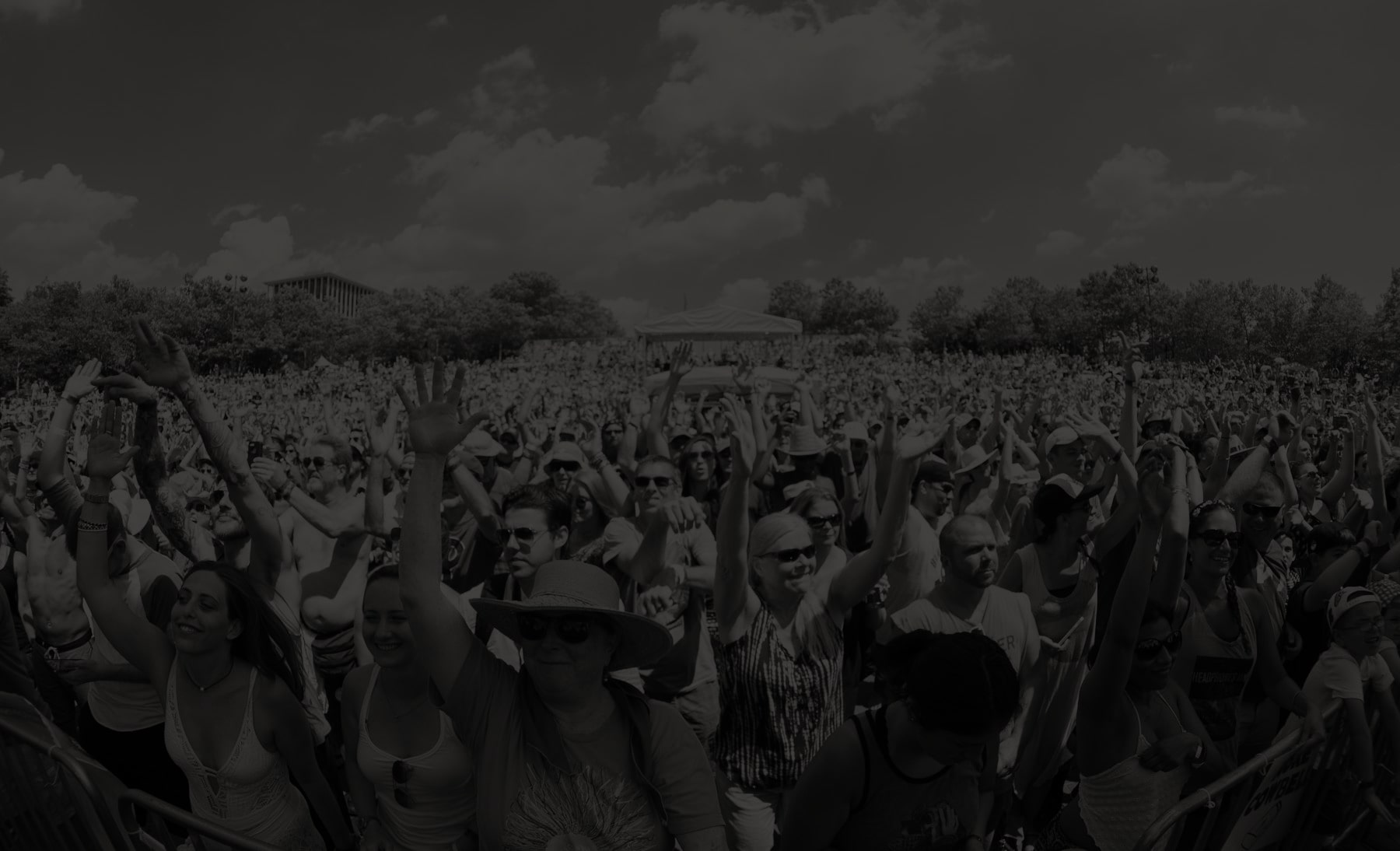
Sounds of Psychedelphia, Part Two: The revival of the 90s
Sounds of Psychedelphia is a three-part series exploring the history of psychedelic rock in Philadelphia. this month, we begin by studying the scene’s origins in the late 60s and early 70s.
As the 60s psych rock revolution faded in the U.S. and England, giving way to the complex, technically dense sounds of progressive rock and the spectacular grandiosity of glam rock, the barrier of entry for rock and roll was at an all-time high.
By the late 70s, punk had come in like a tidal wave, sweeping the table clean and emboldening a new generation of musicians to pick up instruments and play, regardless of experience or technical proficiency. Punk had leveled the playing field, birthing a vibrant DIY (Do It Yourself) culture that thrived in basements, practice spaces and squat houses around the world. The artistic freedom that punk opened up led many bands of the post-punk generation to begin to experiment with new and old sounds. While some post-punks took the music into previously uncharted waters, cross-pollinating punk aesthetics with dance beats, free-jazz, noise and icily dramatic electronica, many musicians began to look back to the psychedelic sounds of the 60s for inspiration.
Following this trend, bands in cities hit hard by punk — San Francisco, Chicago and most notably Los Angeles’ notorious “Paisley Underground” scene — began to experiment with garage rock and acid-fried neo-psychedelia. The city of Philadelphia was no different, seeing a number of its artists by the 1990s begin to explore the psychedelic sounds of the past with an eye toward the future.
Ranging from the shiny, Beatlesque pop of Lilys, masterminded by D.C. native Kurt Heasley, who moved the project to Philly in the middle of the decade, to the garage stomp of the Three 4 Tens to Bardo Pond’s ecstatic wall of sound, by the mid-90s it was clear that the city had developed a vibrant psych rock scene with a host of bands exploring their own distinctive sounds. A casual look at some of the scene’s heavy hitters will reveal just how wide-ranging the sound of Philly psych bands were. Veteran rockers Bardo Pond mashed together Hawkwind’s heavy 70s guitar riffing with a deliberate nod toward free-jazz and noise experimentalism. On the quieter end was Azusa Plane, the minimal, space noise project by late guitarist Jason DiEmillo.
Notably, on the other side of the sonic spectrum, there was a strong anglophilic thread that ran through the work of many Philly psych bands: 60s mod, Britpop, The Beatles and the shoegazer sound of The Jesus & Mary Chain and My Bloody Valentine proved to be a decisive influence on The Photon Band, fronted by guitarist Art DiFuria, The Three 4 Tens and The Asteroid #4 as they explored a sound that was simultaneously accessible and ripe with a unique, trippy sonic aesthetic.
Although many of these bands were exceptional live acts playing at clubs like The Khyber, Upstage and the legendary J.C. Dobbs, the recorded legacy of Philly’s 90s psychedelic rock acts is just as strong. Released on The Asteroid No #4’s indie label Lounge Records, The Sounds From Psychedelphia compilation still holds up as an introductory primer to the sound and style that developed in the city during the 90s.
As the decade wore on, the number amazing releases left behind by these bands began to pile up. Lilys’ 1996 shoegaze epic Eccsame The Photon Band (the album that gave The Photon Band its name), The Photon Band’s brilliant 1998 album All Young In The Soul. Not to mention Bardo Pond, who signed with 90s Indie Rock giants Matador Records and put together a series of masterfully heavy and hazy full lengths including Aminita in 1996, Lapsed in 1997 and Set And Setting in 1999.
Largely a solo recorded act, The Azusa Plane’s albums Tycho Magnetic Anomaly and the Full Consciousness Hidden as well as America Is Dreaming of Universal String Theory found DiEmillo stretching guitar rock to its structural and textural limits with lengthy, extended playing times and blissful waves of noise. More of The Azusa Plane’s work can be found on the stunning Where The Sands Turn To Gold compilation, released in 2012 on the Rocketgirl label.
Some 90s bands would continue on, touring and releasing music well beyond the dawn of the new millennium. Some, like Lenola (NJ), Aspera Ad Astra, sweet dream-poppers Slumber (who were fronted by former Espers vocalist Meg Baird) would disband, with its members resurfacing in newer bands, bringing Philly’s dreamy, psychedelic sound along to play in the 2000s.
Next month, Sounds of Psychedelphia will explore the Philly bands carrying the psych torch today. Below, listen to the second segment of the Sounds of Psychedelphia radio series on WXPN, broadcast on Mar. 28, 2017.
[xpnplayer action=”audio” category=”” artist=”Sounds of Psychedelphia, Part Two: The revival of the 90s” date=”2017″ button=”yes”][/xpnplayer]